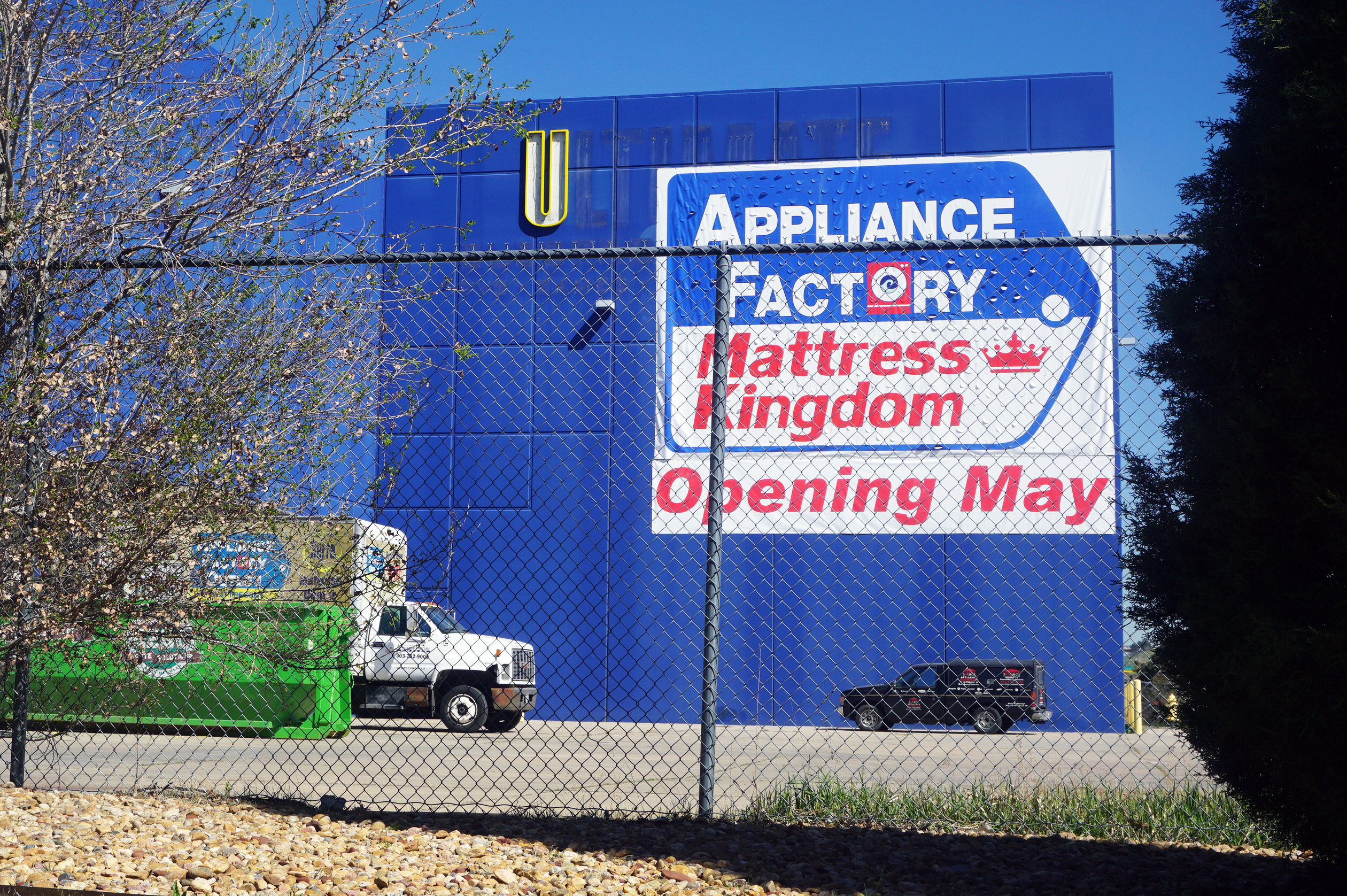

The project is intended to raise the standard of manufacturing across Hitachi GLS by means of activities that run across all worksites and provide for the sharing of ideas as well as staff development and the fostering of an improvement-oriented culture through a workplace-led approach. Phase two of the project, which commenced in FY2019, involves the use of automation and the adoption of new systems to improve efficiency so as to achieve the 2021 Mid-term Management Plan. The project seeks to improve production efficiency and reduce lead time, with the three key concepts listed above playing a central role. 1 Project at all of its sites since FY2017, including at overseas operations.

Hitachi GLS has been running its Monozukuri World No. The unit’s 15-plus years of experience with the practice has included winning a Nikkei Monozukuri Award in 2008 for a proprietary cell production technique for large home appliances such as front-loading washer/dryer cells and refrigerator and water heater cells. The Lifestyle Home Appliances Unit at Hitachi GLS introduced cell production in earnest in 2003 and has achieved dramatic improvements in productivity by adopting the practice for all of its varied product range, which extends from washer/dryers to vacuum cleaners, cooking appliances, and lighting. The aim of cell production is to establish manufacturing practices that are both efficient and able to deal with fluctuations in production volumes, reducing the quantity of work in progress held between and within processes and minimizing both lost time when switching production between different models and holding costs when work in progress is held up. In an environment where product lifecycles are short and where home appliances are produced in anticipation of future sales, the risks are that a slow response to changing sales trends will result in potential sales being lost when demand spikes or excess inventory building up when sales are lower than expected. Progress of Reforms to Manufacturing Practices 2.1 Cell Production The aim is to enhance manufacturing capabilities by using the Internet of Things (IoT) to put these concepts into practice.Ģ.

The automation of tasks that rely on particular individuals or that are not best undertaken by people. Elimination of reliance on particular individuals.The ability to operate production in an optimal manner in terms of the overall process, linking objects and processes automatically, and bringing the associated data together in information systems. The ability for all staff to determine in real time whether or not production is running smoothly and to respond promptly when problems arise. This work has been underpinned by the following three concepts. 1 Project launched in FY2017 has involved the development of proprietary production techniques suitable for wider use and work on establishing optimal systems for high-volume production that facilitate increased sales. (Hitachi GLS) have combined greater transparency with cell automation and system-wide optimization of the links between individual processes as well as the enhancement of efficiency by getting rid of process steps that do not add any value or by making improvements or eliminating barriers and bottlenecks. While retaining an emphasis on cell production, the reforms to manufacturing practices at Hitachi Global Life Solutions, Inc.


 0 kommentar(er)
0 kommentar(er)
